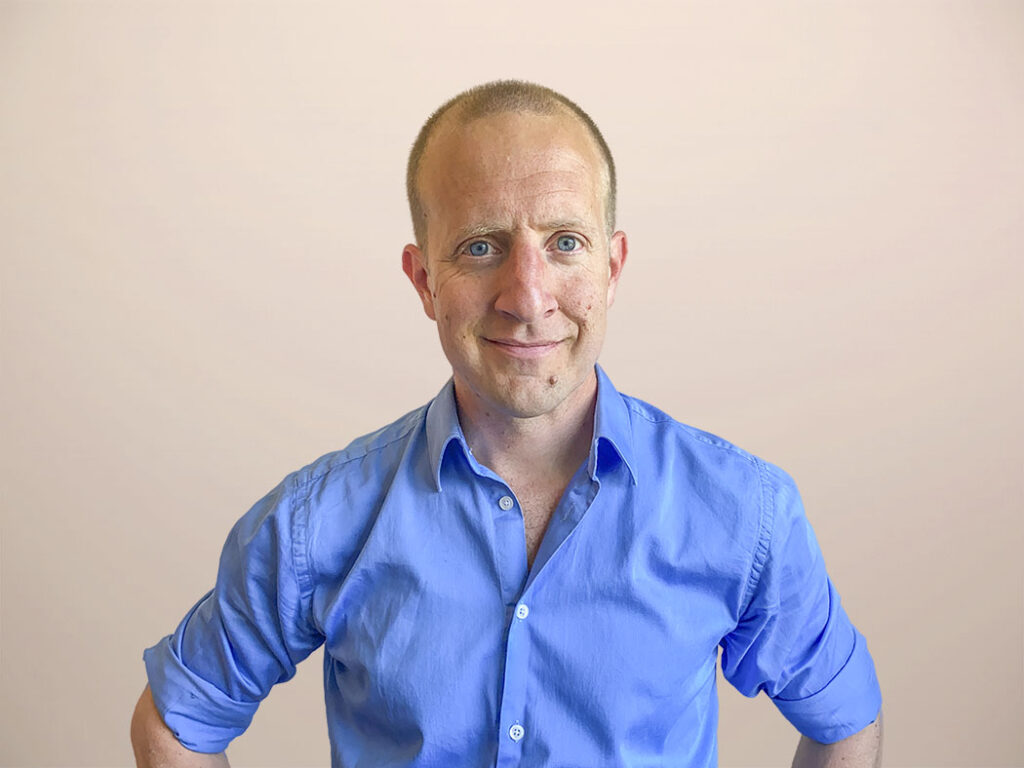What Lies Behind That Result From Facebook
Pundits’ take that Facebook has “solved” mobile advertising after its home run last week hid a bigger, behind-the-scenes story:
We’re finally seeing branding and direct response marketing merge in a meaningful and measurable way; Facebook is just one place where it’s happening most demonstrably.
Here’s important context: Facebook’s quarterly earnings beat projections last Thursday, driven by the 62% of its ad revenue that comes from mobile. Also note that Facebook’s only ad revenue from mobile is its in-feed ads (or native ads, or whatever you want to call them).
The in-feed ad is Facebook’s holy grail. If they can manage to position ads in users’ mobile feeds so that these ads: a) perform well, and b) don’t kill engagement with Facebook, then they can print money against their 1 billion-plus monthly active users.
Facebook knows they’ll need advertisers’ and their agencies’ help to achieve this. That’s why I want to draw your attention to a slightly less publicized study that came out of Facebook and two partners the week prior to its quarterly earnings announcement.
Working with the social ad platform Adaptly and Refinery29 (one of a new set of savvy content-driven eCommerce outlets), Facebook showed that social advertising that merges branding and direct response outperforms direct response ads alone, by a margin of about 70%.

Hidden within the study is a sub-theme: Customer-centric creative beat product-centric creative. One of the less hard-selling ads, which the study’s creators labeled “middle of the funnel for product information” as part of a sequenced set of ads to drive a conversion, stood out for its impact on downstream conversion. A look at the ad tells you why:

This study is one of many indicating that customers respond strongly to content that they perceive to be valuable or useful, and that this content can lead to more commercial results than traditionally commercial messaging.
What does this mean if you work in or around marketing?
- You need to spend more time and effort building out your “content plays”. Experiment with content that delivers value to the customer, at the expense of the sales pitch, in tandem with retargeting or sequencing for more commercial content. This activity, paid content promotion, is part of my current research focus.
- Start thinking about channels not as pure sales drivers, but as audience builders. Facebook is only one of many outlets providing marketers with direct access to audiences through native ads; marketers should pursue these as opportunities to build attention from an audience, not as a place to drive first-touch sales.
- Run multi-channel programs that allow you to reach audiences repeatedly. Refinery29 uses Facebook’s platform to amplify its own content proposition and then reach the audience thereafter on Refinery29’s and the audience’s terms (email). This gives brands crucial independence from the whims of newsfeed changes.
